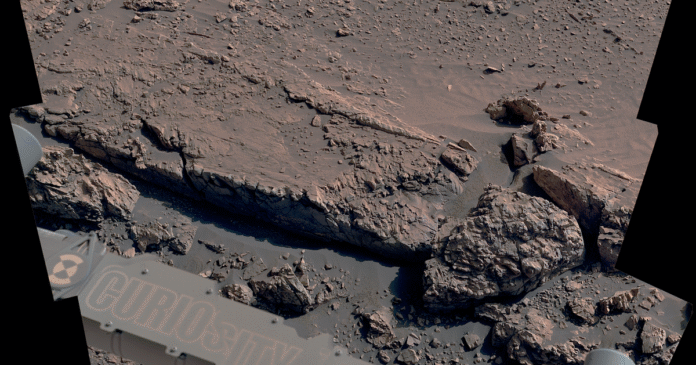NASA’s Curiosity rover has captured the first close-up images of a part of Mars that scientists say provide evidence of how water once flowed on the red planet.
There were once rivers, lakes and possibly an ocean on Mars, but they eventually dried up and the planet became the desert it is currently, according to NASA.
The new images by Curiosity show “dramatic evidence” of ancient groundwater in crisscrossing low ridges, arranged in “a boxwork pattern,” stretching across miles of a mountain on Mars, the space agency said.
“The bedrock below these ridges likely formed when groundwater trickling through the rock left behind minerals that accumulated in those cracks and fissures, hardening and becoming cementlike,” NASA said in a news release.
NASA
The ridges look like spiderweb patterns from space and had previously only been observed from orbit, NASA said.
“A big mystery is why the ridges were hardened into these big patterns and why only here,” Curiosity’s project scientist, Ashwin Vasavada, said. “As we drive on, we’ll be studying the ridges and mineral cements to make sure our idea of how they formed is on target.”
The ridges have small fractures filled with calcium sulfate, left behind by groundwater, which had not been found before in this part of Mount Sharp, the 3-mile-tall mountain Curiosity is currently climbing, NASA said.
“That’s really surprising,” said Curiosity’s deputy project scientist, Abigail Fraeman. “These calcium sulfate veins used to be everywhere, but they more or less disappeared as we climbed higher up Mount Sharp. The team is excited to figure out why they’ve returned now.”
Curiosity landed in the planet’s Gale Crater in 2012. It has been climbing the foothills of Mount Sharp since 2014, searching for signs of environments that could have supported life, according to NASA.
